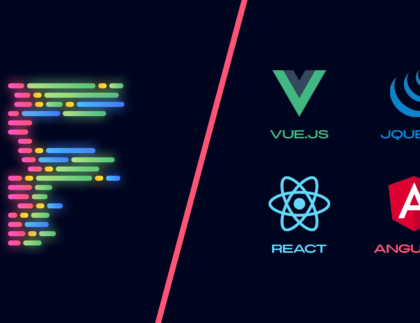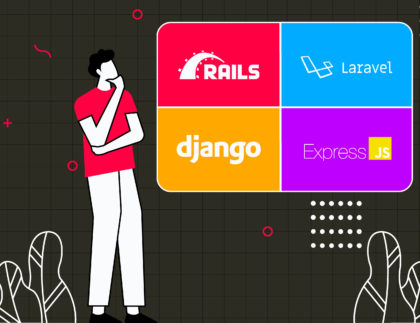
Both architectures are designed for a specific use case. Knowing the difference between monolithic architecture and microservice architecture becomes imperative when deciding which one suits your business best. It also assists in establishing a clear understanding whether your company should make the switch from monolithic architecture to microservices.
Microservices seem to be the service-oriented architecture every company needs to adopt if they want to stay in business. You can hear leading tech companies like Amazon, Netflix and Uber switching from monolithic to microservice architecture that offers a multitude of benefits including scalability, flexibility and agility, which piques your interest even more!
While it’s true for evolving companies to consider the perks of microservices, it is imperative to understand if they actually “need” to make the switch.
Deciding whether the switch is necessary for your business, requires a good understanding of both architectures, considering the pros and cons, and then make a knowledgeable decision.
By the end of this article, you’ll be able to:
- Have a clear understanding of the pros and cons of each architecture
- Which architecture to opt for according to your business
Monolithic Architecture
Used for traditional server-side systems, a monolithic application is built as a single indivisible unit with system functions based on a single process. With one large codebase, there are lesser cross-cutting concerns compared to microservices. While functionality concerns like logging, handling, caching and performance monitoring are much easier given its singularity, the downside can be increased risk and dependency since all functions are managed and served in a single application. Tight coupling makes it problematic to implement changes as one change can influence the entire system, resembling a domino effect.
Microservice Architecture
With microservice architecture, you can build multiple services inside an application, where the processes are broken down into loosely coupled modules that can be developed, tested, deployed, and scaled independently. Microservice architecture offers a higher level of agility.
| Monolithic Architecture | Microservice Architecture |
|---|---|
| Faster app development | Building a microservices architecture can be time-consuming |
| Improved fault isolation | |
| Simpler to test and debug by running end-to-end testing | Independently deployable components cause complexities in solution testing |
| Scale-up app as a whole | Scale-up app’s individual components |
| Easier deployment | Each isolated service has to be deployed independently |
| Employing new technology entails rewriting the whole application | Flexibility to experiment with new technology stacks |
| Tight coupling makes it harder to implement changes as a single change can influence the entire system | Rolling back changes is much easier |
| Monolithic apps can be built with limited resources | More services mean more resources |
Which Architecture Should Your Business Opt?
Monolithic Architecture
Best Used When
- Your goal is to develop a small and basic application with a simple business logic
For a simple and lightweight application that doesn’t require multiple user journeys, monolithic architecture is the preferred choice.
- You have a small-scale team with limited resources
If you have a compact engineering team that has limited resources and little experience with microservices, now might not be the time to adopt a microservice architecture for your business.
Microservice Architecture
Best Used When
- Your goal is to develop a complex and scalable application with multiple user journeys
One of the biggest known benefits of microservices is their scalability. With independent components for different services that entail multiple modules, user journeys and workflows.
- You have a large engineering team that can manage the architecture’s complexities
A microservice application is bound to have a sophisticated and complex design that needs to be architected and individual modules to be maintained by a large engineering team.
Microservices are ideal for large companies with ever-increasing capabilities but can be time-consuming to implement and too complicated for smaller companies who need to create and iterate quickly.
Another option that is recommended for smaller companies is to start off with monolithic architecture, making sure that the codebase is well-written. This is an important aspect amongst other prerequisites for a Microservice Application. As the company evolves and starts adding more service-based features into its platform, it can make the switch to microservices.
This article is written by RubyConf Pakistan's community lead, Sabrina Malik.







